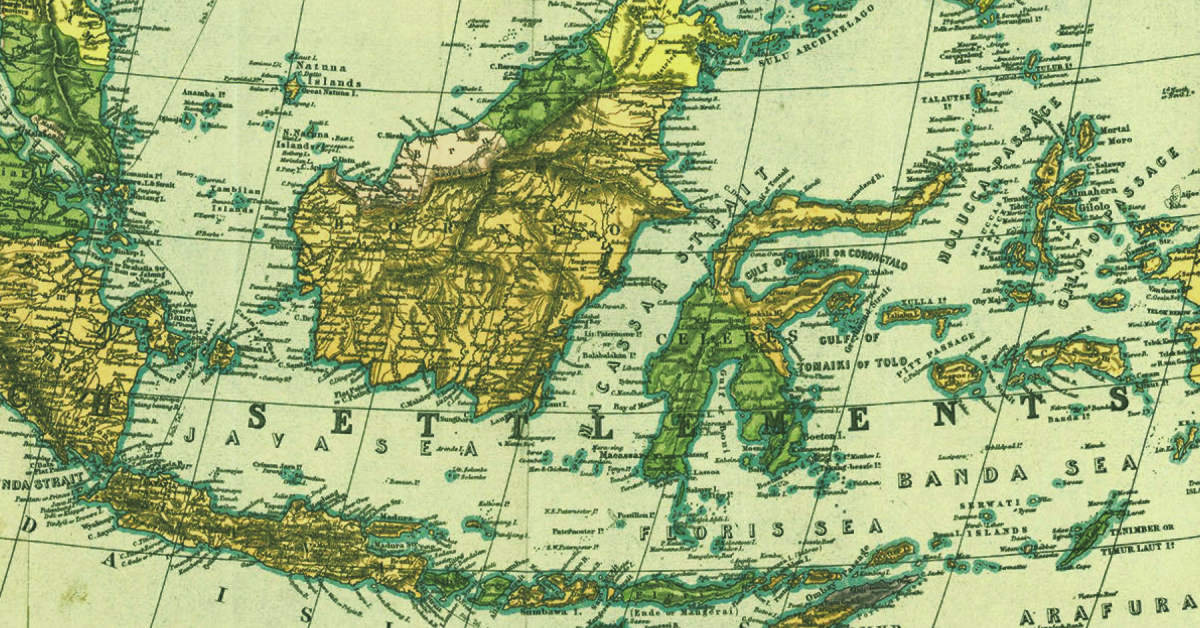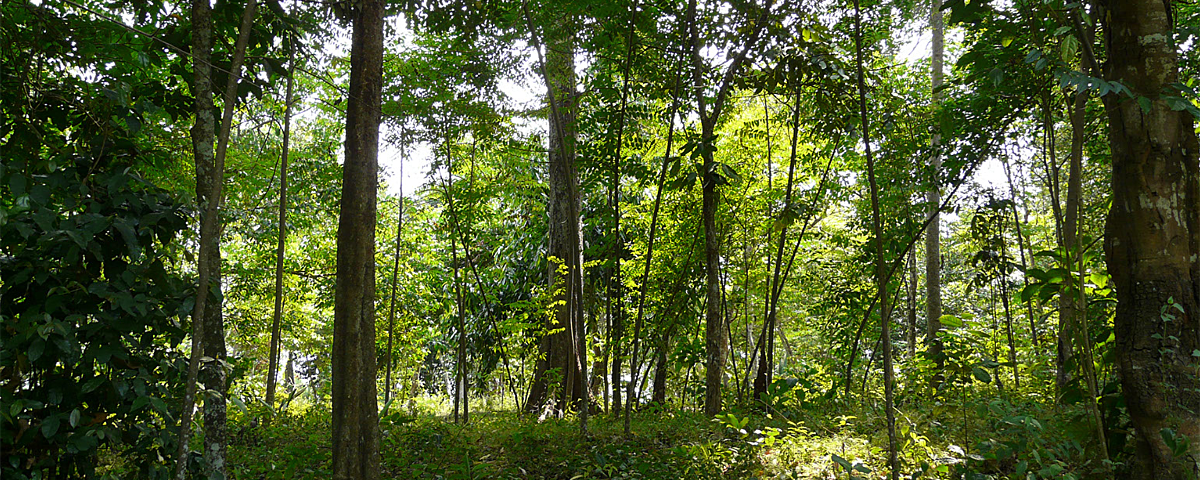David Mead & Christina L. Truong (2021)
Paper in Sulang Language Data and Working Papers: Survey Reports, Sulawesi Language Alliance.
This paper presents the results of a dialect survey of the Cia-Cia language of southern Buton Island in Southeast Sulawesi, Indonesia. This survey also encompassed the closely related Kumbewaha and Lasalimu languages, that is to say, all three languages belonging to the Butonic branch of the Muna-Buton group of languages. The principal results of this survey are as follows: (a) the Cia-Cia language comprises two primary dialect areas, a western dialect and a central-eastern dialect complex; (b) the small (and previously undocumented) Wasambua lect is recognized as a third, outlier dialect; (b) Kaisabu is elevated to the status of a separate language; (c) Kumbewaha is more dialectally complex than has hitherto been recognized; (d) the unity of the Butonic subgroup within Muna-Buton is confirmed.
Link to paper








